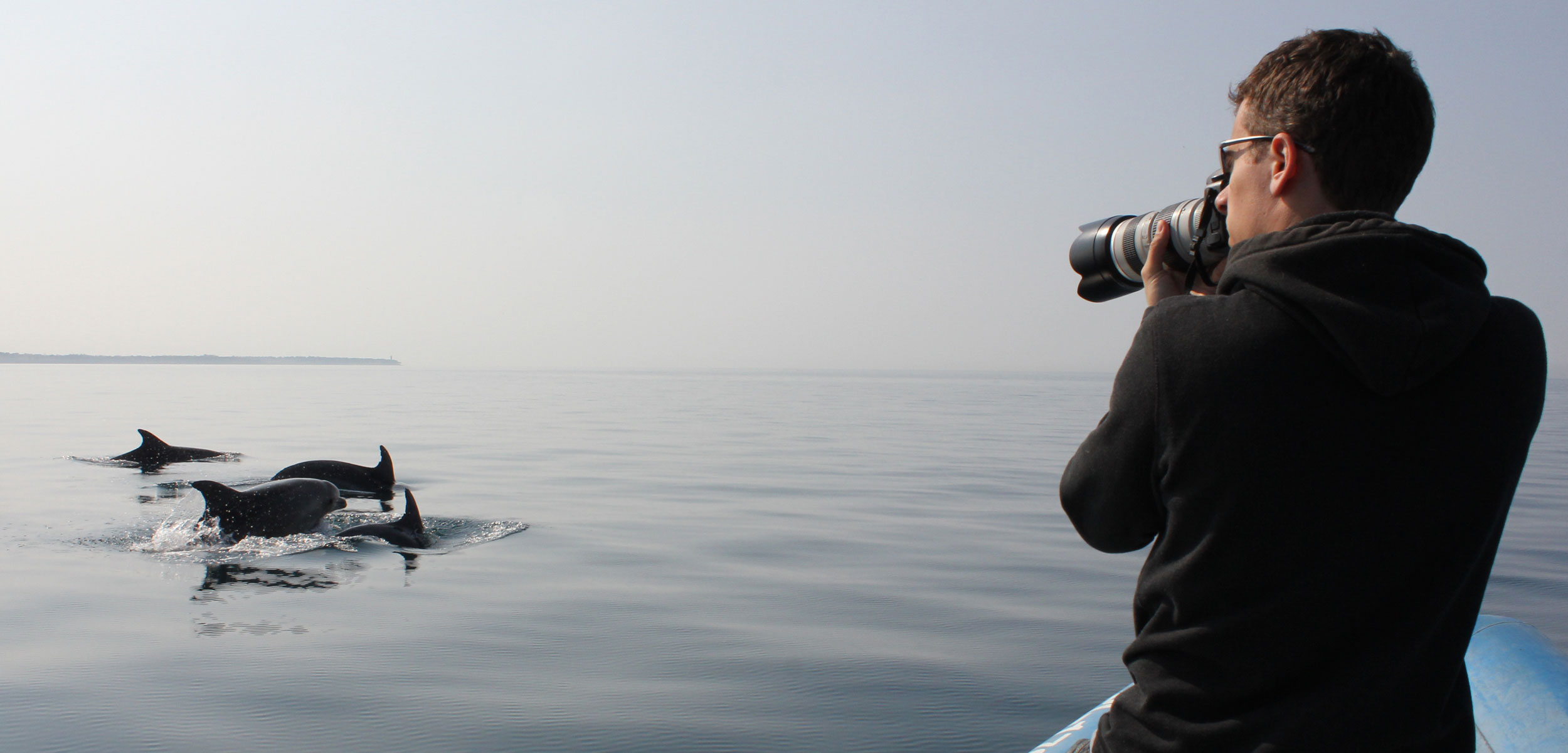Actually, Dolphins Don’t All Look the Same
Humans are more than capable of telling individual dolphins apart just by their faces.
Article body copy
Tilen Genov had been looking through the photographs for days when he began to recognize the same faces popping up over and over again; the same toothy grin here, the same bright eyes there.
As the president of the Slovenian Marine Mammal Society and a longtime dolphin researcher, Genov has spent years looking at dolphins. But as he pored over the tens of thousands of photos taken of a single group of dolphins from the Gulf of Trieste, in the Adriatic Sea, he realized he was coming to know the dolphins by their faces.
Typically, scientists identify individual dolphins by their dorsal fins, which bear unique nicks and scars accumulated over time. Even Genov’s photographs were focused on the fins. The faces were incidental.
But now Genov wondered: if he could recognize individuals by their visages, could others? He set up a study asking dolphin experts and others with no expertise to match photos of dolphin faces. Non-experts got it right about 75 percent of the time. Experts did slightly better, matching around 80 percent.
Being able to recognize and track individual dolphins is necessary for conservation efforts. Tracking dolphin social hierarchies, birth and death rates, and population sizes all benefit from individual identification, and for the past 40 years, looking at the dorsal fin has been the standard method. Genov does not think a face-based approach should replace the proven technique. Instead, he thinks the two can be complementary.
Specifically, Genov thinks facial recognition can overcome some of the limitations of tracking dolphins by their dorsal fins. For example, some dolphin populations are more violent than others, and they can acquire new scars quickly.
Tracking dorsal fins also doesn’t work with dolphin babies. “Calves tend to have unmarked dorsal fins,” Genov says. “When they’re born, they are basically clean.” Once they leave their mother’s protection, they’re hard to identify until they’re sufficiently scuffed up, he says. But in these tricky cases, facial recognition could work.
John Calambokidis, a biologist with Cascadia Research in Washington State, agrees that facial identification is valuable. However, he thinks identifying dolphins by their dorsal fins will remain the go-to technique. Despite recent advances in digital photography and videography, fins are just easier to see, he says by email. “It is more challenging to get facial photographs.”
Genov is already studying what else can be learned from dolphins’ faces, such as whether calves resemble their mothers. He is also planning to study whether dolphin populations with relatively high rates of scarring, or dolphins that lift their heads out of the water more frequently, could be better identified by using facial as well as fin recognition.
After all, he says, every group of dolphins is different. But the more tools in researchers’ arsenal, the better they can adjust their tactics. If fin prints don’t cut it, there are always mug shots.

